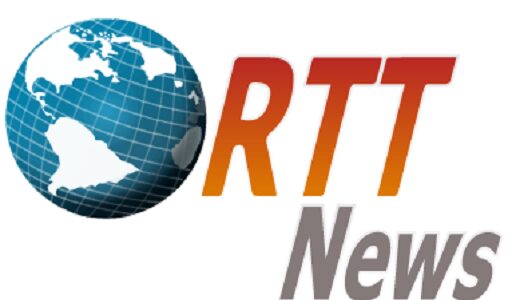
Gold Futures Settle Higher As Dollar Extends Decline
Gold futures climbed higher on Thursday as the dollar extended its weakness and bond yields dropped after the Federal Reserve’s somewhat dovish tone on Wednesday raised optimism that the central bank is down with interest rate hikes.
The dollar index dropped to 105.81 in early New York session, and despite recovering to 106.12, remained well below the flat line, losing about 0.72%.
Meanwhile, the British pound rallied after the Bank of England kept rates on hold but signaled it is too early to think about rate cuts.
Gold futures for December ended higher by $6.00 at $1,993.50 an ounce.
Silver futures for December ended up $0.056 at $22.846 an ounce, while Copper futures for December settled at $3.6725 per pound, gaining $0.0235.
As expected, the Fed left its benchmark rate unchanged at 5.25 percent to 5.50 percent on Wednesday.
Fed Chair Jerome Powell acknowledged that financial conditions faced by businesses and households had tightened substantially in recent months – raising hopes that the U.S. central bank may now be finished with the most aggressive tightening cycle in four decades.
” Investors won’t be rushing to gold if Wall Street is confident that the Fed’s next move will be a rate cut in the middle of next year,” says Edward Moya, Senior Market Analyst at OANDA.
“There are still plenty of risks to the outlook and a good chance the US economy is headed towards a recession, but for now gold will need a new bullish catalyst to emerge to help take prices above and beyond the $2000 level,” Moya adds.
In economic news today, data from the Labor Department showed initial jobless claims crept up to 217,000 in the week ended October 28th, an increase of 5,000 from the previous week’s revised level of 212,000.
Economists had expected jobless claims to come in unchanged compared to the 210,000 originally reported for the previous week.
A separate report from the Labor Department also showed an unexpected decrease in unit labor costs in the third quarter. The report said unit labor costs fell by 0.8% in the third quarter after shooting up by a revised 3.2% in the second quarter. Unit labor costs were expected to climb by 0.7% compared to the 2.2% increase that had been reported for the previous quarter.
Source: Read Full Article